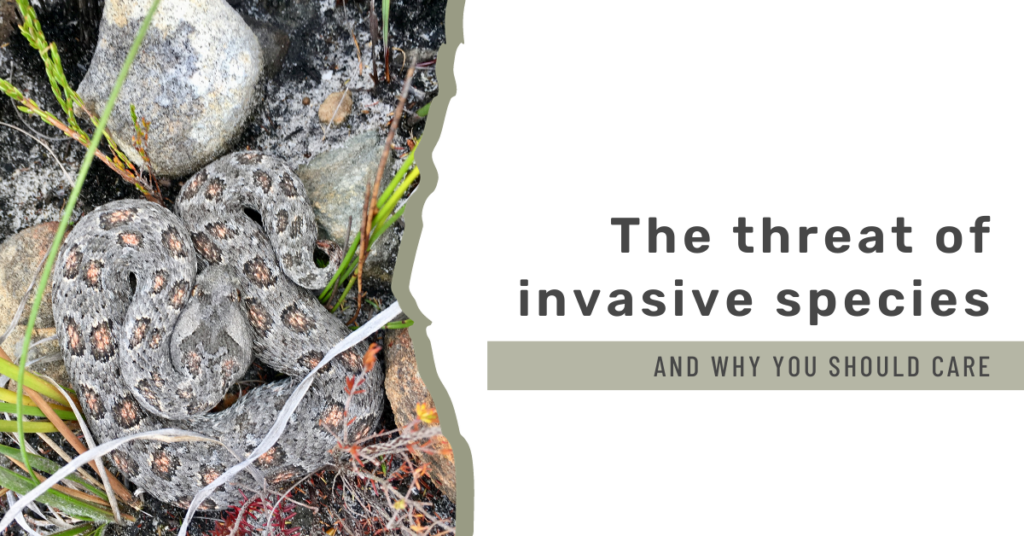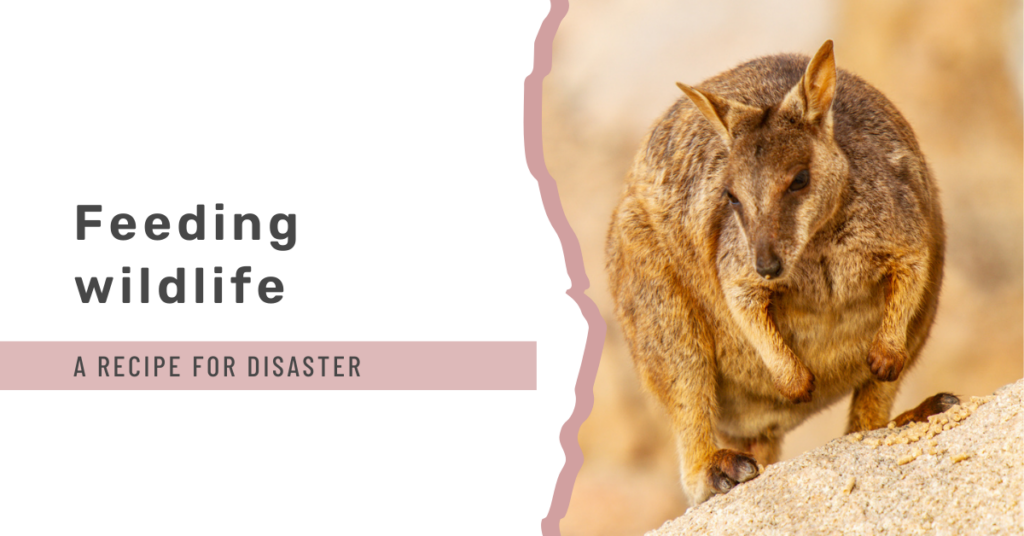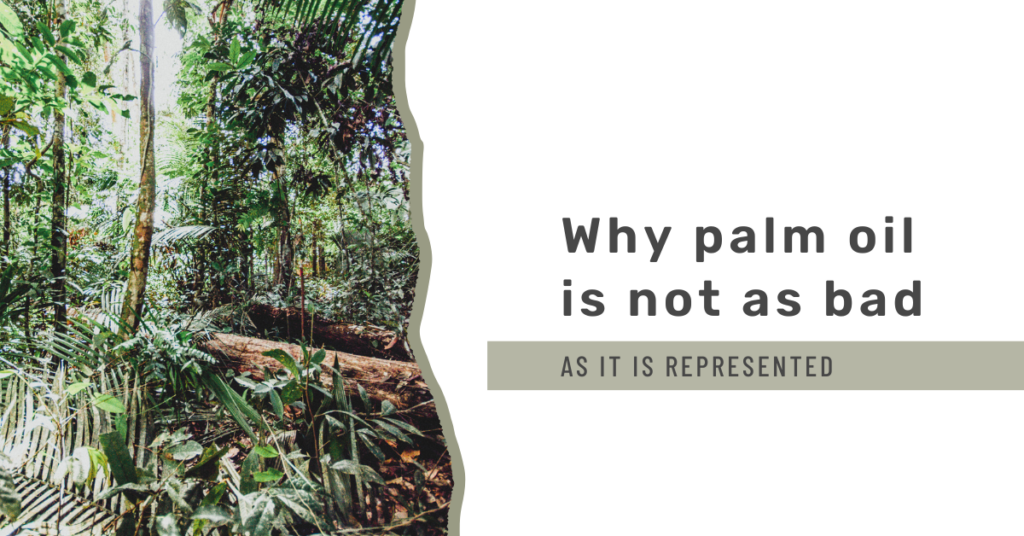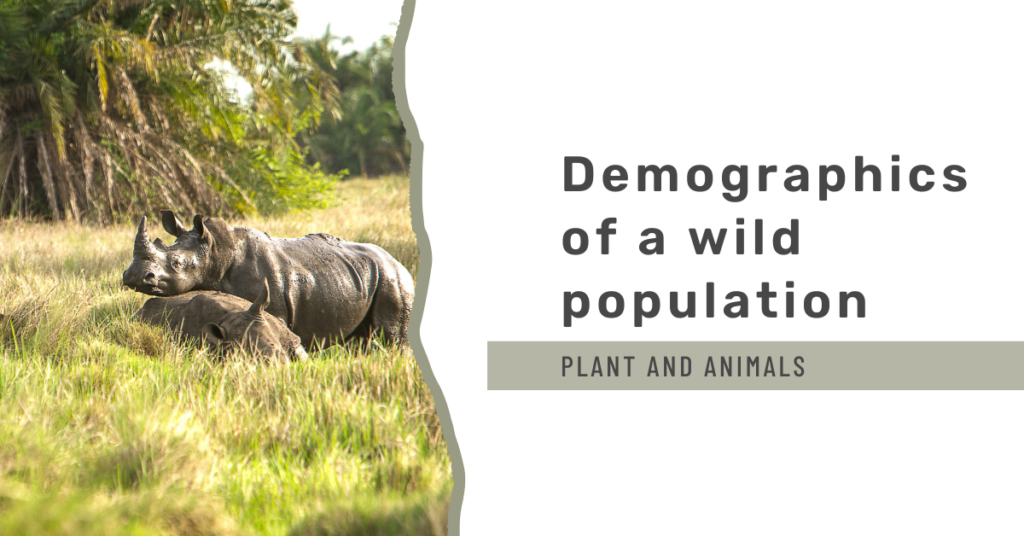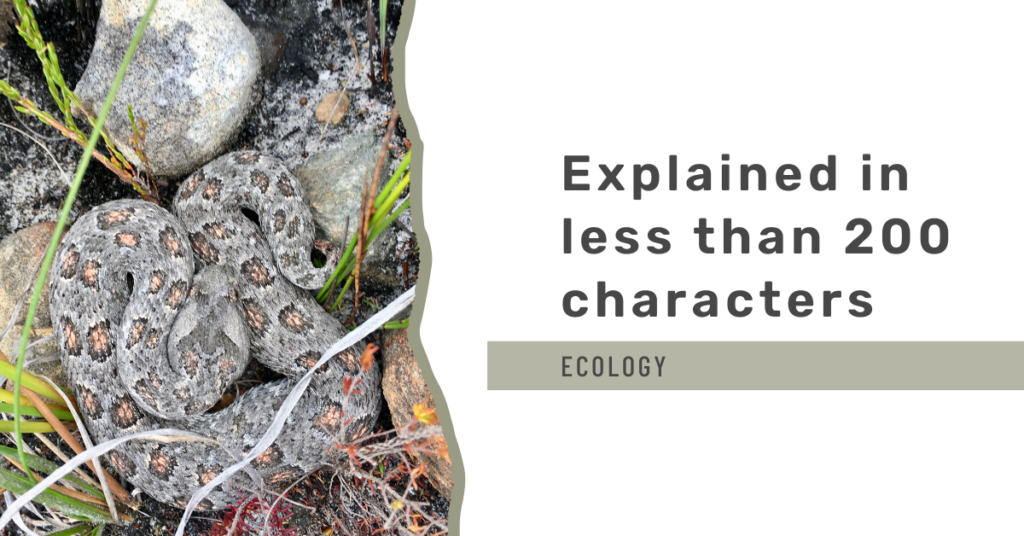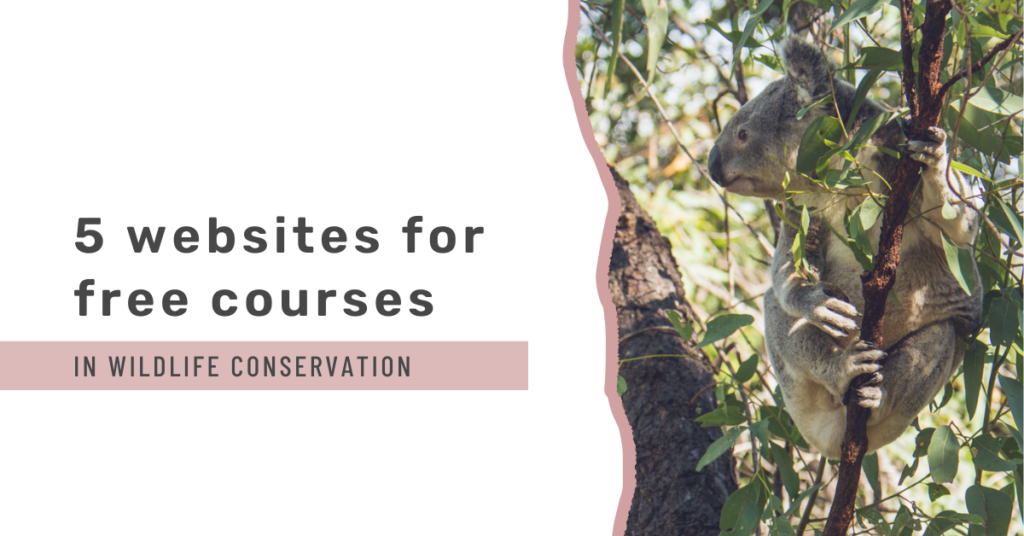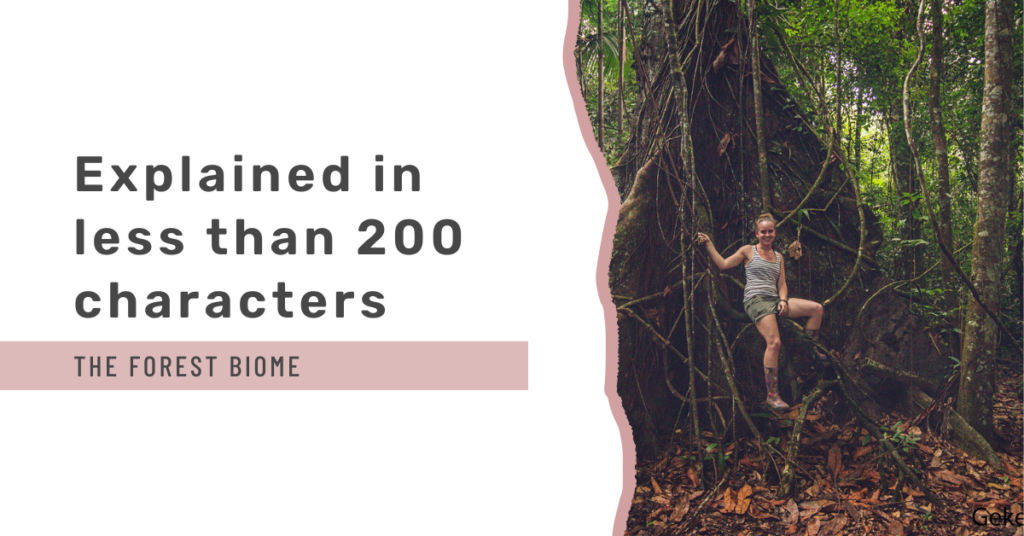The Threat of Invasive Species: Impacts on Biodiversity and Ecosystem Services
Introduction Invasive species are non-native animals or plants that are introduced to a new environment, where they can cause harm to the native ecosystem and are considered one of the major threats to biodiversity. Because they can compete with native species for resources, disrupt ecological processes, and alter habitats. Invasive species can also have negative […]
The Threat of Invasive Species: Impacts on Biodiversity and Ecosystem Services Read More »

